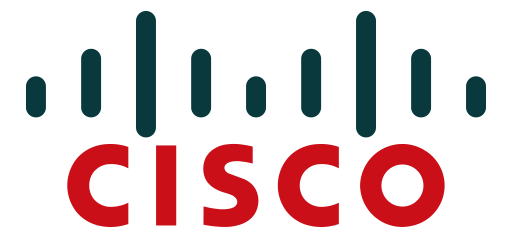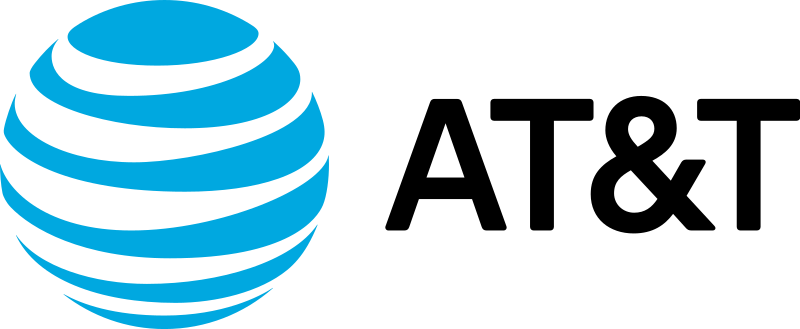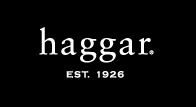Does this sound familiar? You need brochures printed by end of day Friday so you can stuff them into welcome tote bags for a weekend show. Design gives you the print-ready artwork Thursday at noon. Now, you face the challenge of finding a good printer that can meet your deadline and not crush you on price. You start a Google search and quickly find 3 local printers that seem capable. As you begin your due diligence, you quickly realize there are certain pieces of information a production team requires in order to give you a timeframe and price estimate. Gathering this info will take time and put you further behind the 8-ball. Avoid this time consuming task on your next project by knowing some basic print specs. Or skip it completely and check out our managed printing services weather you’re considering creating a booklet or brochure, our team can help you achieve the best results. Now onto those basic print specs.
Basic Print Specs:
Quantity:
Have a couple of numbers in mind. Price per unit will go down as quantity goes up. By asking for a quote on 2 quantities, you can weigh the difference and determine if purchasing the higher quantity is worthwhile. You can always re-purpose extra marketing material – unless it’s dated, so be wary of that.
Page Count:
Know how many pages make up your piece. For example, a simple, non-bound brochure consists of 4 pages. Front cover, inside front cover, inside back cover and back cover. Let’s look at another example, a saddle stitched 8.5 X 11 booklet. This is a bit trickier due to the cover. The common way to spec this booklet is to have 1 number for the interior pages then simply say “plus cover”. So you would say “my booklet has 16 pages plus cover.” A printer will understand your project has 20 total pages with the cover and will go on to ask if you would like a different stock for the cover.
Dimensions:
Finished size refers to the length and width the piece will be when handed to the customer or prospect. Productions runs do not match finished size because commercial printing is done on large flat sheets. Once complete, these sheets are trimmed, scored, and folded to meet your finished size specification.
Stock:
Thin paper? Thick? Coated? Uncoated? A printer will need to know the paper type to get you an accurate quote. Even if you are unfamiliar with paper vocabulary, picture in your mind what will work best for this piece. One thing to remember is opacity (the sheerness of the paper). If your artwork has heavy ink coverage, you may want a thicker stock in order to avoid visibility of the other side of a page.
These are basic print specs that you should have ready when calling a printer for a quote. It will save you time and frustration and make you a little wiser when it comes to printing. It may even make you look savvy enough to get a better price…
For those looking to expand their brand’s reach, consider our promotional products and online company stores for unique branding opportunities.

















